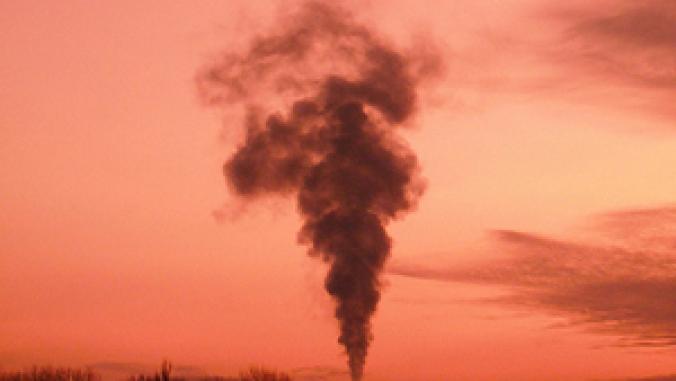Greenhouse Gas Reduction Methods Have Potential to Contain Global Warming
McKinsey & Company has updated its global greenhouse gas abatement curve, which looks at the costs and potential of more than 200 ways to reduce emissions. The analysis finds there is the potential to hold back global warming, though it will take plenty of investment and work around the world.

More than 200 methods for reducing greenhouse gas emission have the potential to hold back global warming, according to consulting firm McKinsey & Company, which has updated its global greenhouse gas abatement cost curve.
The second version of the cost curve, detailed in the company's new Pathways to A Low-Carbon Economy report, looks at the potential and cost of opportunities throughout 10 sectors and 21 world regions, looking out to how they could impact emissions by 2030.
The cost curve (see below image) displays the opportunities by how much it would cost for each opportunity to avoid 1 tonne of carbon dioxide equivalent emissions, with cheapest on the left and most expensive on the right. The width of an opportunity's bar represents how much potential it holds for cutting emissions.
 |
McKinsey's study focuses on the opportunities that cost less than about $80 per tonne of carbon dioxide equivalent, as well as those opportunities that do not have a material effect on the lifestyle of consumers (behavioral changes such as reducing travel, reducing heating and cooling and reducing meat consumption).
Some of the lowest-cost opportunities include switching residential lighting to LEDs, retrofitting commercial and residential insulation, efficient residential electronics and appliances, energy from landfill gas, fully hybrid cars and waste recycling. As you move further up the curve, you run into second generation biofuels, nuclear power, reforestation, plug-in hybrids, solar power and, all the way to the right, all sorts of carbon capture and storage technologies. Some of the higher-cost opportunities also have higher potential for emission reductions.
The new version of the cost curve includes updated assessments and brings better knowledge of abatement potential in different regions and industries. McKinsey & Company concludes there is the potential to reduce greenhouse gas emissions 35 percent compared to 1990 levels, or by 70 percent compared to what emission levels would be in 2030 if little was done between now and then. That is enough to hold the rise in global mean temperature below 2 degrees Celsius, compared to pre-industrial times, which many scientists and policy makers believe is an important threshold to stay below.
If the most economically rational assessments are pursued to their fullest potential, it would cost about $265-460 billion annually by 2030, less than 1 percent of the forecasted global gross domestic product in 2030.
Accomplishing that, though, will take the work and cooperation of all sectors and regions of the world. Thirty percent of the emission reduction opportunity is in the developed world, with the remaining 70 percent in the developing world. Among sectors, 16 percent of the opportunity is in the industrial sector, 22 percent is in sectors with significant consumer influence like transportation and buildings, 29 percent is in energy supply and 33 percent is in land-use related sectors like forestry and agriculture.
And in analyzing various implementation scenarios, McKinsey found that if there are significant shortfalls in major sector or regions, action in other areas would not be enough to fully compensate for that loss.




